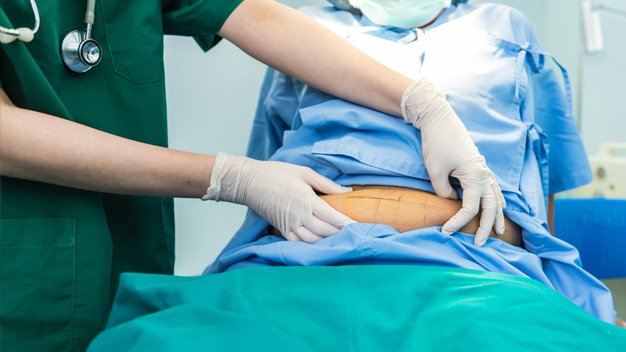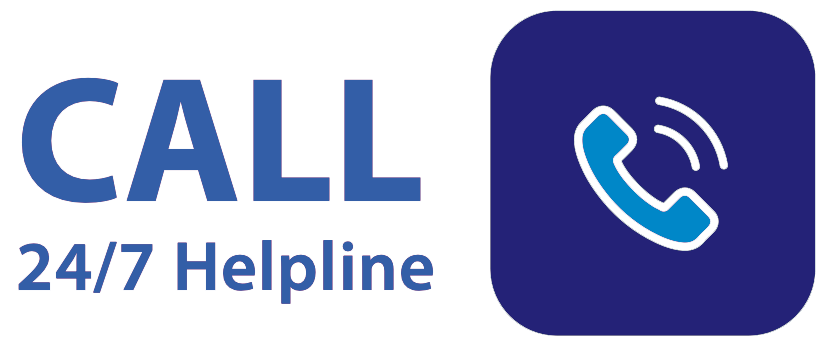
Before we dive into the guide on how to remove a gallbladder through surgery. We must first know the reason behind removing a gallbladder and the causes that lead to it. Primarily, gallbladder removal surgery is done because of gallstones that accumulate in the gallbladder, a small organ that stores bile.
What is a gallstone?
A gallstone is a hardened deposit of bile that forms in the gallbladder. It is caused due to a chemical imbalance, when there is too much of bile salts, bilirubin, and cholesterol.
There are primarily three types of gallstones:
- Mixed gallstones: A common type of gallstone. It is made up of cholesterol and salts. They tend to occur in batches.
- Cholesterol gallstones: This is also one of the most common types of gallstones, yellowish-green in colour. Made of undissolved cholesterol. It is caused when the liver secretes an excess of cholesterol, and the gallbladder cannot be emptied of it.
- Pigment gallstones: It has a dark brown or black colour, caused due to the excessive secretion of bilirubin, a pigment formed from the breakdown of red blood cells. Certain conditions, like Cirrhosis of the liver, Biliary tract infections, and hereditary diseases like sickle cell anaemia, are listed as the primary reasons.
Symptoms of gallstones
Sometimes, gallstone symptoms go unnoticed, while others develop noticeable issues. We can classify based on:
Gallbladder attack signs:
A Biliary colic (gallbladder attack) is the most common symptom. Some of the common signs are:
- Sudden and rapid pain: Sudden, intense, and rapid upper right abdominal pain or at the centre of the abdomen, just below the breastbone.
- Radiating pain: The pain spreads to the back or the shoulders.
- Duration: May last for a few minutes or several hours.
- Nausea and vomiting: common accompanying symptoms after pain and discomfort.
Other associated symptoms that indicate potential conditions are.
- Fever and chills
- Jaundice
- Dark urine
- Persistent pain
- Loss of appetite
- Clay coloured or light coloured stools
- Rapid heartbeat
- Abdominal swelling
- Fatty food intolerance
Before diagnosing yourself with these symptoms, book an appointment with your doctor, who will prescribe an ultrasound for gallstones to verify if you need a gallbladder surgery.
An ultrasound is a non-invasive method to detect gallstones and signs of gallbladder inflammation.
Procedures done to remove the gallbladder
There are two different methods to remove gallstones, depending on the severity of the condition. Gallbladder Removal Surgery (Cholecystectomy) is performed when recurrent symptoms and complications are frequent.
- Laparoscopic cholecystectomy: Known as a ‘keyhole surgery’, the surgeon makes 3-4 small incisions. A laparoscopy (a thin tube with a camera ) and surgical instruments are inserted through that incision, then the abdomen is inflated with carbon dioxide gas to create space. The gallbladder is then carefully removed from the liver and bile ducts.
- Open cholecystectomy: In many cases, the scar tissue and underlying complications make surgeons opt for open cholecystectomy. It is done through a wider abdominal incision.
Risks and Benefits of Cholecystectomy
Benefits:
- Relief from gallbladder attacks: Removing the gallbladder immediately removes the source of the problem.
- Prevention of future gallstone complications: Once the gallstones are removed, you are now free from gallstone attacks, Acute cholecystitis (inflammation of the gallbladder), Choledocholithiasis, Gallstone pancreatitis, and Gallstone cholangitis.
Risks:
- Bleeding: Even though there are low risks for bleeding, it can happen at the operated site
- Infections: Happen on the cuts or incision points
- Reaction to anesthesia: Nausea or vomiting can happen
- Other specific risks associated with it:
Laparoscopic cholecystectomy is generally safe and associated with fewer complications and a faster recovery compared to open surgery
Recovery After Gallbladder Surgery
- Typical Recovery Timeline:
- Normal lifestyle within a week
- 2–4 weeks for laparoscopic surgery; longer duration for open surgery.
Common Postoperative Symptoms:
- Minor discomfort, abdominal pain
- Bloating or a change in bowel movements
- Fatty food intolerance or loose stools, and diarrhea
Diet After Gallbladder Removal
After surgery, most people can eat a normal diet. However, some develop some gastric problems. Tips for managing your diet include:
- Eat bland, low-fat meals
- Avoid fatty foods
- Eat in small batches to improve digestion
Conclusion
Most people adapt over time, but a minority may have ongoing symptoms and benefit from a long-term low-fat diet. So, make sure to connect with the ones who have experience with laparoscopic cholecystectomy and minimally invasive options. If you are having any kind of issues, then you can always consider booking your appointment with Deepasri Hospital and get all the support you need. Good luck!

